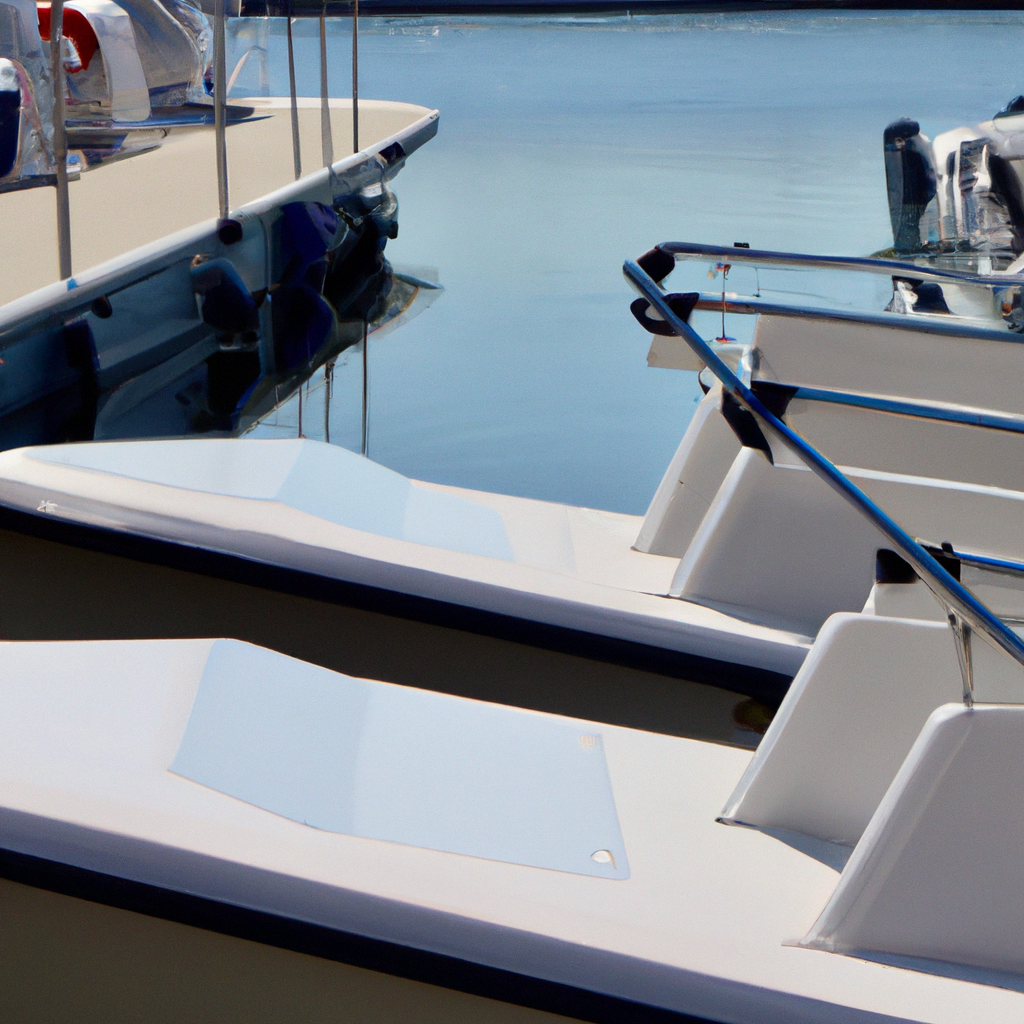Getting Ready to Sail: A Complete Guide to the Equipment Needed for Every Nautical Activity

Water sports and recreational activities offer a wealth of benefits and an exciting way to explore and enjoy the aquatic world. However, in order to do so safely and efficiently, it is crucial to have the right equipment. This article delves into the fascinating world of water sports, providing a comprehensive guide to the equipment required for each activity. From safety essentials to specialist equipment for different water sports, to the importance of equipment maintenance and how to choose the right equipment for your preferred activity. So, whether you are a beginner enthusiast or an experienced sailor, this article will provide you with the information you need to properly equip yourself and sail with confidence and safety.
- 1. "Essential safety elements in nautical activities"
- 2. "Specialized equipment for different water sports"
- 3. "Importance of nautical equipment maintenance"
- 4. "How to choose the right equipment for your favorite nautical activity"
1. "Essential safety elements in nautical activities"
In the area of nautical activities, safety should always be a priority. Regardless of the type of sport or activity you engage in, there are a set of essential safety items that cannot be missing. Firstly, it is crucial to have a suitable life jacket, which must be the right size and in good condition. This item is vital to prevent drowning in the event of a fall into the water. It is also advisable to have a well-equipped first aid kit to deal with any minor injuries that may occur. Other key items include a horn or whistle for acoustic signals, a flashlight for visibility in low-light conditions, and a communication device, such as a mobile phone or VHF radio, to be able to call for help in an emergency. Finally, if you are going sailing, it is essential to have specific safety items on board such as flares, an anchor and a bilge pump.
2. "Specialized equipment for different water sports"
Each water sport requires its own specialized set of equipment to ensure both safety and effectiveness in the activity. For example, scuba diving requires a wetsuit, fins, mask, regulator and an oxygen tank. Surfing, on the other hand, requires a surfboard appropriate to the surfer's ability and weight and a wetsuit if the water conditions are cold. Sailing sports, such as windsurfing and kitesurfing, require more complex equipment including the sail or kite, board and harness, plus a life jacket. Kayaking requires a kayak, paddles, life jacket and helmet. In addition, some of these sports may require additional safety equipment, such as a diving knife or flare, depending on the conditions and location. Having the correct and appropriate equipment for each water sport is essential, not only to improve performance, but also to ensure the safety of the athlete.
3. "Importance of nautical equipment maintenance"
Regular maintenance of marine equipment is essential to ensure its optimal performance and prolong its lifespan. This aspect is not only crucial for the safety of boaters, but also for the performance and efficiency of the vessel. Well-maintained marine equipment minimizes the chances of unexpected failures, prevents costly repairs, and ensures that safety devices are working properly when they are most needed. In addition, proper maintenance can improve the performance of the equipment, allowing for faster and more efficient boating. In short, the care and maintenance of marine equipment is an investment that offers both short- and long-term benefits.
4. "How to choose the right equipment for your favorite nautical activity"
Choosing the right equipment for your preferred water sports activity is crucial to ensure both safety and enjoyment. Initially, you need to consider the nature of the activity – be it sailing, fishing, scuba diving, surfing, etc. – as each requires specialized equipment. Make sure to do your research and get expert advice if necessary. Also, you need to take into consideration your skills and level of experience – a beginner and an expert might need different equipment. Last but not least, the quality of the equipment is critical. Investing in high-quality equipment will not only provide you with a better experience, but can also be vital for your personal safety. Don’t forget to try out the equipment before you buy it, to make sure it fits properly and you feel comfortable using it.
